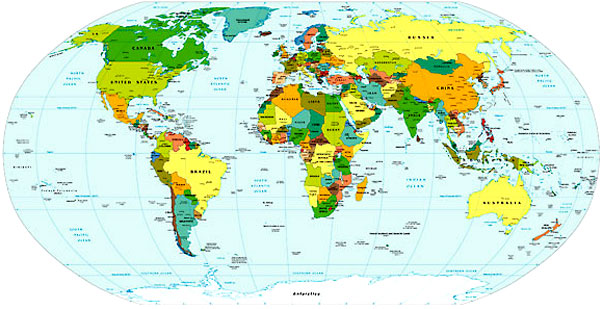 Gibraltar and the Gibraltarians. I am sometimes surprised to realise that this is still a British territory. I come across it from time to time—but usually in 19th century literature. In particular, a certain plot in Maria Edgeworth’s Harrington revolved around the behaviour of a particular character while he was with his regiment in Gibraltar. Let’s take a tour as Gibraltarians are celebrating their national day (as a territory). You probably think more about the Strait of Gibraltar than the place, right? It’s named for a formation known as the Rock of Gibraltar—and you know what that means? “The Rock” is not just the name of a bad film, but also a nickname for this home to nearly 30,000 people. It’s also known as Gib, but I don’t feel I know it well enough to be on such casual terms. So, the British in Gibraltar? Since the 1713 Treaty of Utrecht. 10 September is Gibraltar’s National Day—this commemorates the 1967 referendum with which Gibraltarians resoundingly rejected Spanish sovereignty.
Gibraltar and the Gibraltarians. I am sometimes surprised to realise that this is still a British territory. I come across it from time to time—but usually in 19th century literature. In particular, a certain plot in Maria Edgeworth’s Harrington revolved around the behaviour of a particular character while he was with his regiment in Gibraltar. Let’s take a tour as Gibraltarians are celebrating their national day (as a territory). You probably think more about the Strait of Gibraltar than the place, right? It’s named for a formation known as the Rock of Gibraltar—and you know what that means? “The Rock” is not just the name of a bad film, but also a nickname for this home to nearly 30,000 people. It’s also known as Gib, but I don’t feel I know it well enough to be on such casual terms. So, the British in Gibraltar? Since the 1713 Treaty of Utrecht. 10 September is Gibraltar’s National Day—this commemorates the 1967 referendum with which Gibraltarians resoundingly rejected Spanish sovereignty. Historically? Well, despite evidence going back to Neanderthals, what we really know starts with the Phoenicians who settled there about 3000 years ago. They were followed by Carthaginians and Romans, followed by the Vandals, before being handed to the Visigothic Kingdom of Hispania, and then collapsing under the Muslim Conquest. And this only takes us to 711 CE. That’s one popular rock.
Obviously anytime Spain and Britain were on opposing sides of a conflict, things got a little tense in Gibraltar—for instance, Spain got into the action of the American Revolution against Britain. This led to the “Great Siege of Gibraltar”—over three years of blockages until peace agreements began to be drawn up.
 More recently, since the construction of the Suez Canal, Gibraltar’s strategic importance has increased—such that, for instance, in World War II the population was evacuated while the territory became a fortress.
More recently, since the construction of the Suez Canal, Gibraltar’s strategic importance has increased—such that, for instance, in World War II the population was evacuated while the territory became a fortress. When Spain was under Franco’s rule, Spain tried to press for sovereignty over Gibraltar. This led to a referendum for Gibraltarians. It’s another of those referendums whose results fascinate me: 12,138 votes in favour of retaining British sovereignty and a mere 44 leaning toward Spain. In 1969 the territory became autonomous.
Some people may remember Gibraltar’s biggest world headline in the last few decades when, in 1988, the British Special Air Service killed three members of the IRA who were there to plant a car bomb. Eventually the European Court of Human Rights determined this action violated the European Convention of Human Rights, though it also ruled that the slain IRA members were engaged in terrorism, so their families could not claim damages.
In the last few years Britain and Spain have been able to come to agreement over a number of longstanding bones of contention, and the British Government asserts that it “will never enter into arrangements under which the people of Gibraltar would pass under the sovereignty of another state against their freely and democratically expressed wishes.” Good for them.
Oh! And the only wild monkeys in Europe are found on The Rock—Barbary Macaques, to be exact. There are about 230 of them, and they’re gorgeous.
When I was hunting for a poem I found this piece—I know only that it was written by a World War II evacuee, examining their nostalgia for The Rock. I found it online here.
‘’Mid pleasures and places
Though we may roam,
Be it ever so humble,
There’s no place like home.’
‘Peñoncito querido
lejano Gibraltar,
el corazon herida
por ti se va a quebrar.
Que intacto Dios te guarde
para a ti regresar;
aunque volvamos tarde,
te amamos sin cesar.’
‘Gibraltar streets are silent
All gone those little feet
But their high-heeled tinkling clatter
On my heart shall ever beat,
As I stood at my embrasure
I hear those little feet.’


No comments:
Post a Comment